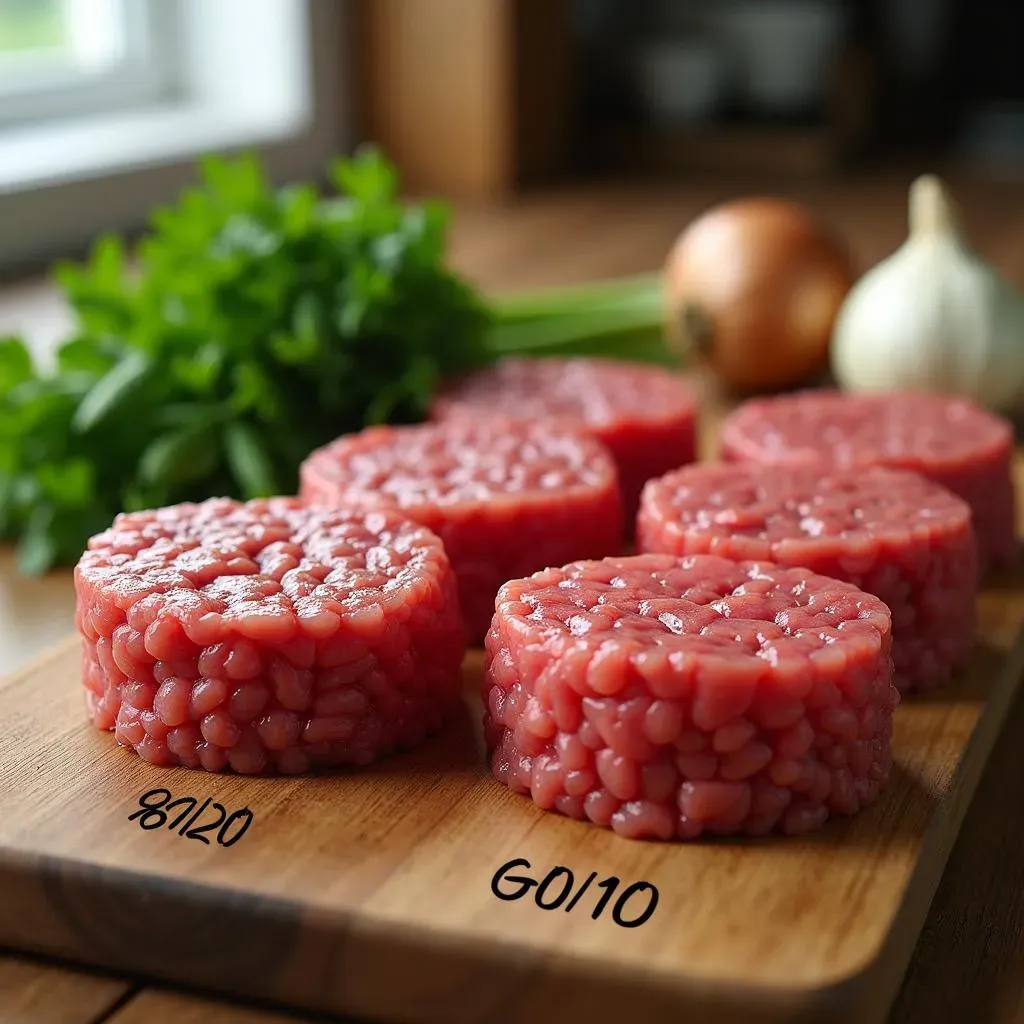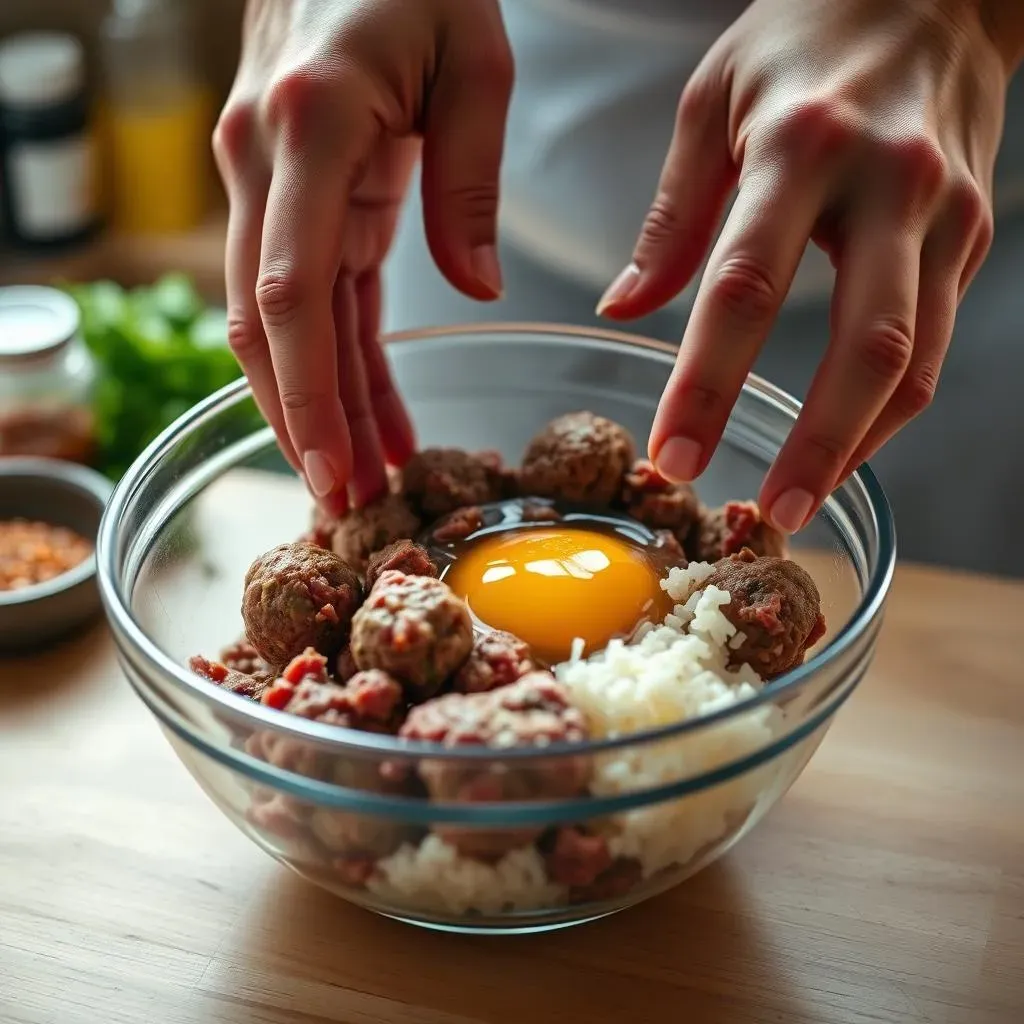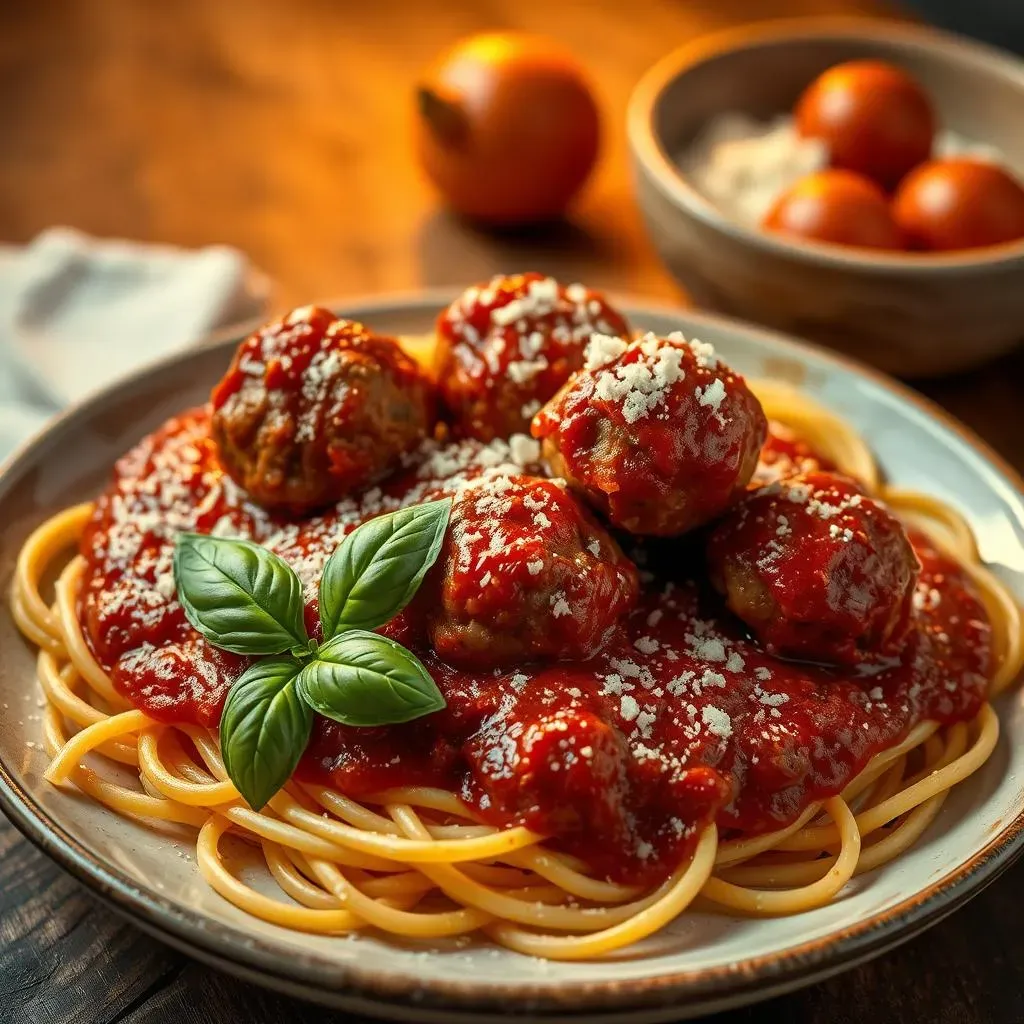Table of Contents
Ready to tackle a retro recipe with a modern twist? Get ready for the ultimate guide to the beloved beef porcupine meatballs recipe! This isn't your grandma's meatloaf—though it might remind you of it—it's a fun, flavorful, and surprisingly easy dish perfect for a cozy weeknight dinner or a crowd-pleasing party. We'll explore everything from selecting the perfect ground beef for maximum juiciness to mastering the art of the meatball mix, ensuring each bite is tender and bursting with flavor. Forget dry, crumbly meatballs; this recipe is all about juicy perfection. We'll also cover different cooking methods—from stovetop simmering to oven baking—so you can choose the technique that best suits your kitchen and schedule. Get ready to discover why this classic comfort food recipe deserves a spot in your culinary repertoire. This comprehensive guide will walk you through each step, providing tips and tricks to make your beef porcupine meatballs the best you've ever tasted. Let's embark on this delicious culinary adventure together!
Ingredient Spotlight: Choosing the Best Ground Beef

Ingredient Spotlight: Choosing the Best Ground Beef
Fat Content: The Juiciness Factor
Let's talk fat, because when it comes to juicy, flavorful meatballs, fat is your friend! Think of it as the secret weapon to tender, melt-in-your-mouth goodness. We're not talking about greasy, overly fatty ground beef, but a good balance is key. Aim for a blend that's around 80/20 (80% lean, 20% fat). This ratio provides enough fat to keep the meatballs moist during cooking without making them overly rich. Trust me, your tastebuds will thank you. You can find some great options for best ground beef for your meatballs online.
Too lean, and you'll end up with dry, crumbly meatballs that are less than satisfying. On the flip side, using ground beef that's too fatty can result in greasy meatballs that are heavy and leave you feeling sluggish. Finding that sweet spot is crucial for achieving perfectly moist and flavorful porcupine meatballs. Experiment with different blends to find what works best for your taste.
Ground Beef Type | Lean/Fat Ratio | Meatball Texture |
|---|---|---|
80/20 | 80% Lean, 20% Fat | Juicy and Tender |
90/10 | 90% Lean, 10% Fat | Leaner, but potentially dry |
70/30 | 70% Lean, 30% Fat | Rich and Moist, but potentially greasy |
Beef Quality: Beyond the Percentage
The percentage of lean to fat is important, but it's not the only factor to consider when choosing your ground beef. The overall quality of the beef significantly impacts the flavor and texture of your meatballs. Look for ground beef that's brightly colored and smells fresh. Avoid ground beef that's dull in color or has an off-putting odor. Consider sourcing your ground beef from a local butcher or a reputable grocery store known for its high-quality meat selection. A good quality beef only meatball recipe will highlight the best quality of your beef.
Think about it like this: you wouldn't use low-quality ingredients for a fancy cake, right? The same principle applies to your meatballs. Investing in quality ground beef will result in superior-tasting meatballs that are far more enjoyable to eat. Plus, it's a great way to show off your culinary skills!
- Check the color and smell of the beef.
- Choose from a reputable source.
- Consider grass-fed or organic options for a richer flavor.
Beyond the Basics: Exploring Different Cuts
While 80/20 ground beef is a great starting point, don't be afraid to experiment with different cuts! Chuck, sirloin, and even a blend of different cuts can produce unique flavor profiles. A blend of chuck and sirloin, for example, can offer a good balance of juiciness and flavor. The possibilities are endless, and the fun part is discovering your personal preferences. Check out these beef meatball recipe variations for more ideas!
Remember, this is your culinary adventure! Don't be afraid to get creative. Experiment with different types of ground beef to see how they affect the taste and texture of your meatballs. You might just discover your new favorite combination. And who knows, you might even create a signature porcupine meatball recipe that's passed down through generations!
Mastering the Meatball Mix: Techniques and Tips

Mastering the Meatball Mix: Techniques and Tips
The Art of Incorporation: Gentle Handling is Key
Alright, let's get our hands dirty! Mixing the meatball ingredients is more of a delicate dance than a wrestling match. You want to gently combine everything—avoid overmixing, which can lead to tough meatballs. Think of it as a slow, seductive waltz, not a frantic tango. Start by combining the ground beef, cooked rice, and egg in a large bowl. Gently fold in your seasonings—salt, pepper, garlic powder, onion powder—being careful not to overwork the meat. Overmixing develops the gluten in the meat, resulting in tough meatballs. For a great twist, try a Italian-style beef meatball recipe!
Imagine you're making a delicate soufflé—you wouldn't want to beat the batter too vigorously, would you? The same principle applies here. A light touch is crucial for creating tender, flavorful meatballs that will melt in your mouth. Once everything is evenly distributed, you're ready to start forming your meatballs. Remember, consistency is key; aim for meatballs that are roughly the same size for even cooking.
- Gently combine ingredients; avoid overmixing.
- Use a light touch to prevent tough meatballs.
- Form meatballs of consistent size for even cooking.
Rice Ratio: Finding the Perfect Balance
The amount of rice you use will impact the texture and flavor of your meatballs. Too much rice, and your meatballs will be dry and dense. Too little, and they might lack that signature porcupine texture. A good starting point is a 1:1 ratio of ground beef to cooked rice. However, feel free to adjust this ratio according to your preferences. If you prefer a more meaty meatball, reduce the amount of rice. If you prefer a heartier meatball, increase the amount of rice. Experiment to find your perfect balance! Need some inspiration? Check out our ground beef meatball recipes collection.
Think of the rice as a supporting cast member, not the star of the show. It adds texture, moisture, and a subtle flavor, but the ground beef should still be the dominant player. You want a meatball that's flavorful and satisfying, not just a ball of rice with a little bit of meat. Remember, the goal is to create a delicious balance, not a rice-heavy meatball. And don't forget to season generously! Salt, pepper, and other spices are your secret weapons for enhancing the flavor of your meatballs.
Rice to Beef Ratio | Meatball Texture |
|---|---|
1:1 | Classic Porcupine Texture |
1:1.5 | Heartier, More Rice-Forward |
0.75:1 | Meatier, Less Rice |
Cooking & Serving: From Stovetop to Oven to Your Plate

Cooking & Serving: From Stovetop to Oven to Your Plate
Stovetop Simplicity: A One-Pot Wonder
For a fuss-free approach, the stovetop reigns supreme! Brown your meatballs in a large skillet over medium heat, ensuring they’re nicely seared on all sides. This step adds a depth of flavor you won't get with other methods. Then, pour in your favorite tomato sauce, bring to a gentle simmer, and cover the pan. Let the magic happen as the meatballs cook through in the simmering sauce, about 45 minutes, stirring occasionally. It's a hands-off approach that yields incredibly tender meatballs. For a richer sauce, try adding some herbs like basil or oregano. This method is perfect for weeknights when you need a quick and easy meal. Looking for a quick and simple meal? Check out our easy beef meatballs recipe!
The beauty of this method lies in its simplicity. You don't need any fancy equipment, just a good quality skillet and a little patience. The low and slow simmering allows the meatballs to absorb the flavors of the sauce beautifully, resulting in a truly delicious dish. Plus, cleanup is a breeze – just one pan to wash! Serve these stovetop porcupine meatballs over your favorite pasta, rice, or mashed potatoes for a complete and satisfying meal. Don't forget a side salad to balance out the richness of the meatballs.
- Brown meatballs in a skillet.
- Simmer in tomato sauce for 45 minutes.
- Serve over pasta, rice, or mashed potatoes.
Oven-Baked Goodness: A Hands-Off Approach
If you prefer a more hands-off approach, baking your meatballs in the oven is the way to go. Preheat your oven to 375°F (190°C). Arrange your meatballs in a single layer in a baking dish. Pour your tomato sauce over the meatballs, ensuring they're mostly submerged. Cover the dish with foil to prevent them from drying out, and bake for about 45-55 minutes, or until the meatballs are cooked through and the sauce is bubbly. This method is perfect for when you have other things to do while your dinner simmers away. You can also experiment with different baking dishes for varying results. A cast iron skillet will yield nicely browned meatballs. For a more even bake, use a shallow glass baking dish. For a truly elevated experience, try a ultimate beef meatball casserole recipe!
Baking allows for even cooking and creates a lovely, slightly caramelized exterior on the meatballs. The sauce will also thicken beautifully in the oven, resulting in a rich and flavorful gravy. You can easily adapt this method to suit your preferences. Add vegetables to the baking dish for a complete one-pan meal, or serve the meatballs on their own with a side of crusty bread to soak up the delicious sauce. For a truly impressive presentation, garnish with fresh herbs before serving.
Cooking Method | Cooking Time | Advantages |
|---|---|---|
Stovetop | 45 minutes | Quick, easy, minimal cleanup |
Oven-Baked | 45-55 minutes | Even cooking, caramelized exterior |
Serving Suggestions and Storage
Once your porcupine meatballs are cooked, the possibilities are endless! Serve them over spaghetti, penne, or even creamy polenta. A simple side salad adds a refreshing counterpoint to the richness of the meatballs. For a truly indulgent experience, serve with crusty bread to soak up the delicious sauce. These meatballs are also fantastic in subs or sandwiches. Think of them as a gourmet meatball sub—a true culinary delight! Don't forget to try them with various cheeses and sauces for extra flavor.
Leftovers can be stored in an airtight container in the refrigerator for up to three days, or frozen for up to three months. To reheat, simply microwave or gently simmer in the sauce. These meatballs also freeze beautifully, making them a perfect make-ahead meal for busy weeknights. Imagine having a delicious, home-cooked meal ready to go in a matter of minutes—pure culinary bliss! Here are some creative serving suggestions: beef meatball spaghetti recipe , beef meatball soup recipe, beef meatball sliders.